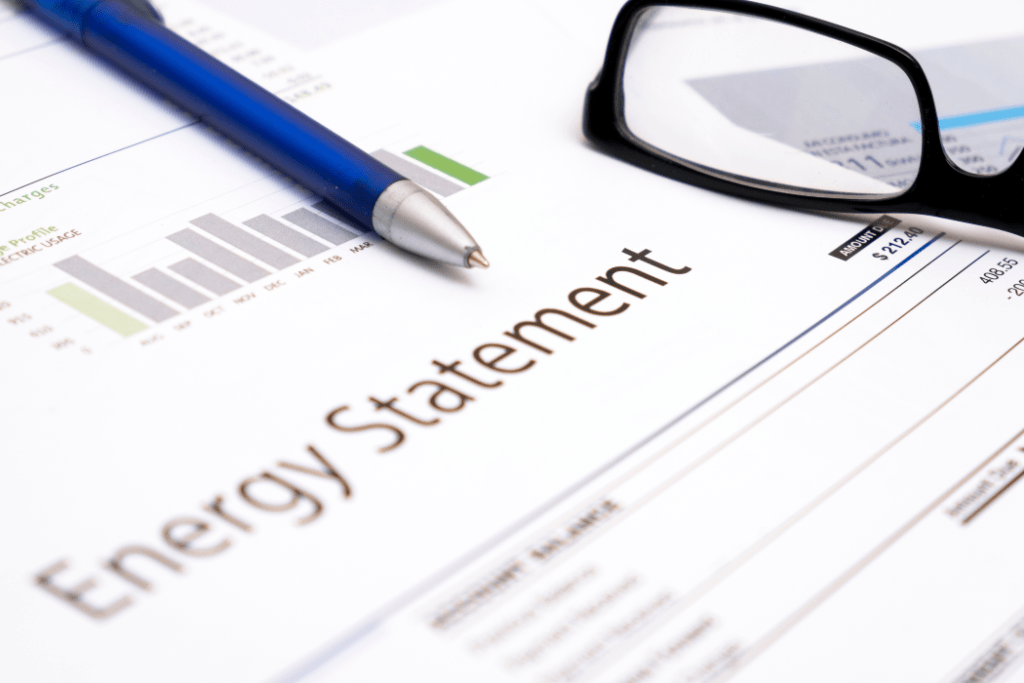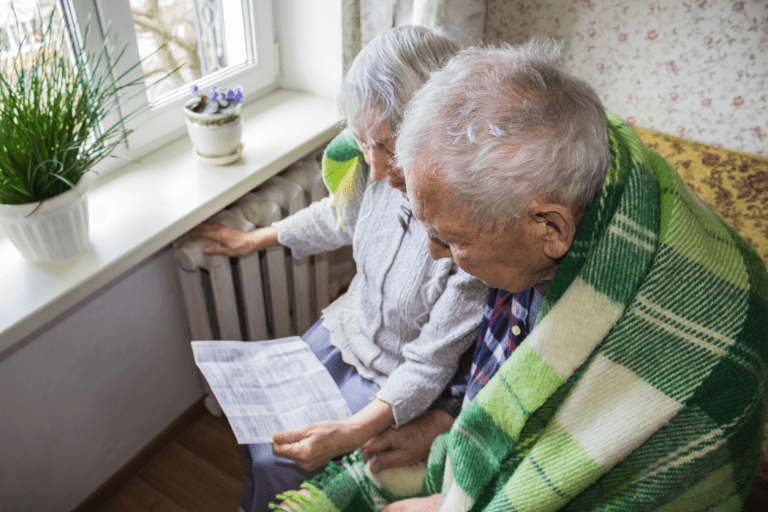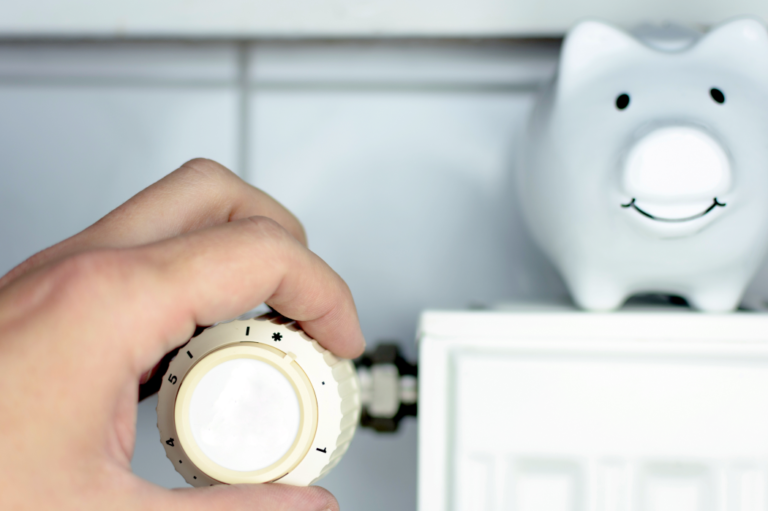Whether you’re wondering how to save on gas bill, or you just want to cut your carbon footprint, there are several ways to conserve energy. From switching off the heat when you’re away to installing insulation, you can find ways to save money on your monthly gas bill.
Taking a few simple steps now can pay off big time later. But how can you get started? Read on for some tips. Here are the top ways to conserve energy.
1. How to Save on Gas Bill: Turn Off the Heat When Away
One way to cut your fuel bill is by turning down the temperature when you are gone. It might sound counterproductive, but lowering the temperature by just a few degrees will save you anywhere from five to ten% per year.
The most effective time to lower the temperature is at night when you’re sleeping. If possible, wear a sweater as well to save even more. Here are some more tips to cut your fuel bill.

Another great tip for lowering your heating and cooling bills is to set the thermostat to a lower level. By doing this, you’ll prevent your pipes from freezing. When pipes freeze, they can rupture and flood your home.
No amount of saving money is worth a plumbing disaster. Additionally, turning the heat down while you’re away will keep you and your pets comfortable. And last but not least, it will save you money.
Turning off the heat when you’re away is one simple way to save money on your gas bill. During the winter, many parts of the country have dark afternoons, making it difficult for people to leave their homes, increasing their energy use. During the fall, you should remember to turn off insulated water pipes when you’re away.
Another easy way to save money on your gas bill is to turn off your electronics when you’re not using them. Whether you’re away from home or not, unplugging your computers, DVD players, televisions, and power strips is also a great way to save energy.
Lowering the thermostat to 70 degrees while you’re away from home is another great way to cut your gas bill. Most energy efficiency sites recommend that you set the highest temperature in your home to 70 degrees.
If you feel chilly, wear light-coloured clothing instead. This will help keep you warm while using less natural gas. But the most important tip is to always remember to check your energy efficiency rating.
2. How to Save on Gas Bill: Insulate Your Home
Adding insulation to your home will help lower your gas bill. Inspecting your insulation will show whether it’s thick enough, has gaps or is too thin. You can also check for any leaks around pipes or ducts.
Thermal camera attachments can help you pinpoint areas that may be leaking heat. Adding additional insulation to your home will make your energy bill more affordable, but it won’t do much good if the leaks are too many.
Insulation not only prevents heat from escaping your home, but it can also improve your home’s value. Moreover, it reduces greenhouse gas emissions. If you’re not sure how to insulate your home, perform a home energy audit.
This will give you an idea of which areas of your home need additional insulation and which ones need to be improved. A good place to start is The Old House, where experts share tried and tested tips and tricks for improving your home’s energy efficiency.
Leaky homes lose valuable warm air during winter. Warm air runs naturally from warmer areas to cooler ones. Leaky homes require constant heating and cooling. If you’re concerned about drafts, you should consider air-sealing your home and adding insulation to your attic and basement.
If you’ve done both of these, your gas bill will be reduced significantly. You’ll be amazed at how much money you’ll save.
3. How to Save on Gas Bill: Use Less Hot Water in the Bathroom
One of the simplest ways to save money on your gas bill is to use less hot water in the bathroom. A one-second drip can add up to $1 to your monthly bill. By repairing the leak in a matter of minutes, you can save a considerable amount of money.
Other seemingly insignificant measures include taking shorter showers and fixing dripping taps. Also, installing a low-flow showerhead can save as much as $300 per year.
The best way to reduce hot water use in the bathroom is to take shorter showers. Even a ten-minute shower on a 2.5-gallon showerhead uses 25 gallons of water. If you can cut your shower time in half, you can save 25% on your hot water bill.
Another tip is to install low-flow shower fixtures and use them for your shower instead of bathing in it.
4. How to Save on Gas Bill: Lower Your Thermostat
While you’ll probably want to avoid lowering the temperature in your home to avoid causing discomfort, lowering it by five or ten degrees can save you anywhere from five to 10% per year.
While this change may make your home feel chilly in the evenings, it’s worth it if you can save money. You should also change the filter on your furnace more frequently during winter.
In colder months, you may need to adjust your thermostat higher, even if you are not using the furnace. Wearing layers and extra blankets can help keep your house warm when the thermostat is set to the lowest setting.
This trick will also save money on your electric bill. If you’re concerned about comfort, invest in LED bulbs instead of conventional ones, which can save you as much as eighty dollars per year.
Another effective tip for saving on your gas bill is to use a programmable thermostat. This allows you to set it to a certain temperature when you’re not home, such as when you’re sleeping.
Thermostats with phone apps allow you to control the temperature during certain hours of the day. If you’re not home at the time, set the temperature to 68 degrees and leave it there.
Winter is bitterly cold in many parts of the world, and heating your home with natural gas can be expensive. Lowering the thermostat to 20 degrees Celsius, or 68 degrees Fahrenheit, can help you save on the costs of heating your home.
In addition, you can install a chimney damper to keep your home from losing heat while you’re away. And make sure that your pipes are wrapped properly and there are no open ducts. Make sure to unblock any air vents in unused rooms.













